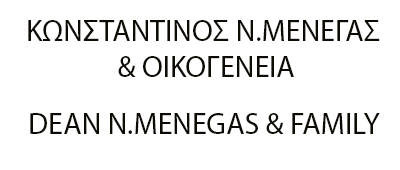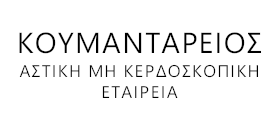Until today, any attempt to represent the throne has been based on the description of Pausanias. According to his testimony, the throne had the form of one big bench, in the centre of which, stood prominently the already existing column-shaped cult statue of Apollo. This was placed precisely over the grave of Hyacinth, and was used as much as an altar of Hyacinth as a pedestal of the cult statue. As the traveller stresses emphatically Bathykles of Magnesia not only undertook the construction and decoration of the throne, but all the remaining work of the design and configuration of the sanctuary.
Many different approaches to representing the complex form of the throne have been attempted, such as the fantastic representations of Quatremere de Quincy in 1814 and Theodor Pyl in 1852, Ludwig Ruhl in 1854 and Adolf Furtwängler in 1893. These representations, as well as additional attempts to reproduce the mythological themes of the decoration, were assembled firstly by Ernst Fiechter and more recently by Amalia Faustoferri. All the proposed reformations of the monument have a common denominator: rendering the descriptions of Pausanias in free design proposals. The indicator of hypothetical depiction varies according to the case and also to the aesthetic rules at the time of their submission. It must however be noted that in all representations, the basic idea of the seat prevails, regardless its more or less persuasive correspondence to the colossal cult statue of the God.
The two alternative proposals of Fiechter, set in 1918, were the first to be supported by all the architectural fragments that had been found at the excavations or came from the demolition of the church on the top of the hill. In 1927, Ernst Buschor and Wilhelm von Massow, proposed a form of seat, which could had served as model for the Hellenistic Pergamon altar. Opinions similar to those of Fiechter were also supported by Roland Martin in 1976.
The only remaining part of the foundation wall, built with the isodomon system, is located at the top of the hill, to the south of the church of Ag. Kyriaki and it has been identified with the supporting base (krepida) of the throne. The preserved "krepida", 4 m. length and 1 m. high, is constructed in its lower layers of rectangular, poros stones, while the upper surface shows a line of blocks made of dark marble.
During the research programme it was possible to collect, classify, restore and join parts of the throne, which had been gathered through excavations or collecting. Furthermore, on a specifically designed platform, placed in the archaeological site, a trial restoration of three parts of the throne was carried out. This work, in conjunction with recent studies, confirms the view that the monument combined the Doric with the Ionian order, both in the treatment of the marble blocks and the general development of its structure. The shape of the throne is proposed as follows: At the first level, column bases in the shape of a lion foot were recognised by Manolis Korres. Colums, capitals and three typologically different groups of the cornices of the sima with relief decoration are placed at the two at least following levels. To these levels should be placed the unique Doric - Ionic capitals, which possibly acted as supports of a projection. The decorative elements of the monument are also dated to that period. The mythological themes, refered by Pausanias, were hammered on bronze plates, which were appended on the marble surfaces. From the decoraton of the monument, nothing have been preserved, not even in fragmentary state.
Regarding the dating of the throne, a decisive role for its dating to 530-520 B.C. played by Ernst Buschor, who was led to this conclusion through comparisons with decorative elements of finds from the “western necropolis” in Samos. Konstantinos Tsakos, as well as Amalia Faustoferri, after having re-examine this material, including even more finds from the "western necropolis", and also considering the association of them with architectural elements of the early temple of Aphea in Aegina, propose a dating to around 560-550 B.C.
Cult statue
According to Pausanias (3.19.2), the statue was approximately 14 m. high, wooden, and lined with bronze plates, while the head bore a helmet and the hands carried a spear and a bow. This schematic form of the statue can however be connected only with a later period. This is obvious from the fact that through the addition of a metal lining, which metal was donated by Croesus, a more human form was given to the previously abstract pillar. According to Brunilde Ridgway, the appearance of this first modest form is dated around the end of the 7th century B.C. Irene Bald Romano reasonably stated that this form must had replaced a previous statue, smaller in size, similarly to other wooden cult statues, like those of Athina Polias, Hera in Samos, Artemis Orthia, as well as that of Hera in Olympia. A general picture of the statue is provided by an unfortunately largely destroyed votive relief of the Late Classical period that was found in Amykles and, mainly, by coins of Laconia dated to the Imperial period. Specifically, the statue as described above is depicted on the back side of the Commodus and Galenius coins.
The conglomerate stone blocks, which were placed, in a second use, in their current location, around 5 m. west of the krepis of the throne, should most probably be considered as parts of the pedestal. More precisely, they must be interpreted as parts of the almost 3 m. high superstructure of the bathron/pedestal. The fact that so much the throne as well as the cult statue must have been found in the area between the remaining foundation of the krepis and the modern church, results also from the conclusions of the excavation work of the last years.










